I wanted to find the best things to do in Palma de Mallorca. The problem? I only had twelve hours to do it in.
Palma de Mallorca is the capital city of the Spanish island of Mallorca, as well as the capital of the Balearic islands (made up predominantly of Menorca, Mallorca, Ibiza and Formentera). Although I could easily assume Mallorca’s attractiveness as a beach destination, I didn’t know much about Palma itself.
After my eighteen month adventure through South America I now jump at any chance to visit any country that speaks Spanish. So when I was invited on a sailing trip around the Mediterranean sea which departed from Palma de Mallorca, I made sure I had an extra day at my disposal: twelve hours or so to get an idea of what this city was like.
How do you see Palma de Mallorca in one day? Let’s find out.
Pin me for later!
11.45am: arrive at Palma de Mallorca airport
Travelling carry-on to Mallorca is a great idea. I don’t waste any time waiting for bags at baggage claim; instead, I heave my backpack on my back and saunter through passport control towards the airport exit.
12.10pm: take the public bus from the airport into Palma’s city centre
I cleverly did some transport research before arriving in Mallorca, and Google reliably told me that the #1 bus departs from Palma Airport every 15 minutes and takes 30 minutes to reach the city centre.
I exit the airport to a blast of hot air and walk along a covered walkway to the bus stops. A little blue, green and white bus pulls up and an amicable driver takes my €5 note in return for a ticket. I sit in a pleasantly air-conditioned bus watching a digital display telling me where I’m going – but eventually I begin to stare out the window at orange-hued high rises, palm trees, and blue skies. I sit back and relax…
12.35pm: get off the bus
Ok, so I’m not too relaxed when I realise we’re almost at my stop. I gesture to an old lady that she should sit in my seat and I stand beside my backpack, half-dreading the weight of it. Luckily it’s not overly humid outside.
I step off the bus and take a breath of fresh Spanish air. Thanks to data roaming I can use my internet from home and I’ve already loaded Google maps with the area surrounding my hostel. My trainers slide around on the shiny marble pavements and I almost trip at the crosswalk. Who knew Mallorca’s streets would be so slippery?
12.45pm: check into your hostel
I spot my hostel – a place called Brick – down a little side street which has been closed off to traffic. There’s a little bar outside, and I squeeze past a table with an adorably small dog panting eagerly up at me to go inside.
As soon as I reach the reception desk, I know by the guy queuing in front of me that check-in isn’t available yet. The receptionist says not until 3PM. Why do I always forget this about hostels?!
I check the time and realise it’s already too warm to stay in the clothes I’m wearing – so I begin unpacking my Osprey backpack on the reception floor and find the black linen Uniqlo overalls I bought last week. Together with my Birkenstocks I head to the bathroom and change.
1pm: head out to explore Palma de Mallorca
As I walk out of the hostel I can hear bagpipes. On a nearby wall there’s intriguing graffiti of a fishbowl with a child’s dummy sinking to the bottom, so I walk in that general direction.
I’ve been in Mallorca for an hour so far, and I don’t have a plan. Sometimes this can make me a little anxious – but not today. One of my favourite activities in a new city is to wander with no real destination in mind. So I get lost. Purposefully, meanderingly lost.
With no plan and no idea of where I am, I’m free to take my walking direction from the slightest of hints: a rickety balcony, a warm pool of sunshine on the hotchpotch of slim cobbles, the promise of a garden behind someone’s gated doorway.
At some point I find myself outside a beautifully ornate entrance to a small church. The streets are strangely quiet: it’s a Monday in mid-June, so perhaps people are already at lunch or anticipating their siesta?
I stand in the shade of the church to type some notes, and a couple walk past with portable speakers throwing out heavy drum and bass. Maybe it’s not so quiet.
1.30pm: Walk to Plaza Mayor
It’s 1.30pm and I’ve just felt a hunger pang. The Pret a Manger sandwich I bought at the airport and ate on the plane is a distant memory – especially as the time difference means its 2.30pm in the UK. I can hear the dulcet tunes of ‘My Way’ on the accordion. Either someone loves shmaltzy music on the radio, or I’m reaching the busker territory of Mallorca.
I realise if I stop for lunch I can do some Palma research at the same time – but I know from experience that all the lunch places in the city centre are probably too busy and will almost certainly be too expensive.
Nevertheless I make my way to Plaza Mayor, the city’s main square. I have a feeling that checking out the side streets will probably offer a good place to eat.
This large plaza is the heart of Palma’s Old Town: a wide open square filled with street stalls and lined with restaurants and bars housed beneath the archways.
Unfortunately, the tourist crowds thronging the Plaza Mayor make it too busy for me. I cut down a side street and it’s immediately empty. A few elderly Spaniards joke about a hissing ginger tomcat who’s following their friend as if he belongs to her. Maybe he does?
Read more: Speaking Spanish (and nothing else) while walking the Camino de Santiago
2pm: eat lunch outside a shady little cafe
I’m looking happily at a plate of tortilla, pan con tomate and a dozen fat green olives in front of me. Cafe Verde, built in a tiny plaza beside a tall church wall, has a dozen outdoor tables scattered outside – and they’re filled with Spanish speakers, which I take to be a good sign.
A suave, elegant Spanish guy sits at the next table, using a battered old English book to practice my native language with his girlfriend. I spend a while half-listening to their conversation. It’s these tiny snippets of real-life stories which I find intoxicating about travel. I’ll never know who these people are or what they do – but I’ve had a tantalising glimpse, and sometimes that’s enough.
By the time I’ve finished my lunch I’ve decided I want to head towards the water. The city’s famous La Seu cathedral sits a block away from the beach: there’s a stunning medieval garden next door and the Arab Quarter runs right behind – a mass of narrow alleys which my photographer brain is already excited by.
I can hear the roar of a football game playing on the cafe’s TV. It’s time to move.
3pm: Wander the narrow streets of Palma’s Old Town
Palma has a beautiful historic quarter with plenty of pedestrianised streets making it an easy place to explore. I move through tangled, tight streets towards the Can Forteza Rey, an Art Nouveau building which must have been inspired by Gaudi.
It was originally designed as a block of apartments in the early 1900s but now houses various businesses including a dentist’s practice, the name of which has been incorporated into the facade’s design.
3.25pm: Visit the S’hort del Rei gardens
Eventually I arrive at the S’hort del Rei gardens just opposite the Cathedral. They’re like a green oasis: gently cascading water fountains, orange and lemon trees, an occasional flurry of bright leaves falling from the canopy above.
The medieval gardens sit at the bottom of the Almudaina Palace and date back to the 18th century. Nowadays they’re a beautiful spot to hide from the mid-afternoon sun – and they also play host to enterprising hawkers selling handbags, key-rings, sunglasses and hats.
3.30pm: Gaze at Palma’s La Seu Cathedral
I stare up at the impressive cathedral towering above me. Officially named ‘the Cathedral of Santa Maria de Palma’, it’s more commonly known as ‘La Seu’ which means ‘Cathedral of Light’ in Catalan.
Begun in the 14th century, this sandstone cathedral took almost 600 years to build. Antoni Gaudi was invited to oversee the project at one point but he argued with the contractors and eventually quit. It’s probably Palma de Mallorca’s most well-known tourist attraction, not least because of its size. The cathedral costs €7 to look around inside – but I chose to simply wander the facade outdoors. It took a fair amount of time to circumnavigate!
I’ve unexpectedly hit a slump. The summer sun is relentlessly strong and it’s making me tired, so I decide to walk back to my hostel through the shadier streets, paying a visit to some other spots along the way.
4pm: walk along Passeig des Born
I wander down Passeig des Born (or ‘Paseo del Born’ in Spanish), a shady central boulevard lined with trees which runs parallel to the cathedral. The surrounding buildings all seem to house the fanciest of designer shops – I spot Louis Vuitton, Mulberry and Rolex – but thankfully you don’t have to spend tons of cash to sit on one of the many benches on this pedestrianised street.
I sink gratefully onto a spare seat and people-watch for a while until the heat dies down. Then I have to stop for a posed photo with a giant panda bear who is altogether too hysterical to avoid.
4.15pm: Explore Palma’s backstreets
In an attempt to leave Palma’s touristy centre, I take to the backstreets and quickly find myself amidst closed shutters and brightly coloured graffiti. Occasionally, I come across other tourists looking similarly displaced.
4.30pm: visit the Arab Baths
I’m increasingly in need of a siesta but still have a spot on my list which I want to visit: the Arabic Baths, the only remaining monuments of the Arab city of Medina Mayurqa (now known as Palma). It’s a tiny historical site which sits within a walled garden, complete with chairs, tables and little shaded alcoves.
Although impossible to date precisely, historians have agreed The Arab Baths were most likely built in the tenth century – and they’re identical to baths in other Islamic cities around the world.
5pm: time to siesta (like the Spanish do)
By 5pm I’m back at my hostel, finally checked in and immediately napping on my bunk. The heat’s taken it out of me somewhat!
6pm: head back into Palma’s early evening atmosphere
I start walking again – this time heading straight through Plaza Mayor, past the crowds of buskers, and onward towards a more suburban neighbourhood.
Ok, I’ll admit it: the real reason I came to Palma a day early was to attend a women’s circle held by Lisa Lister, a woman I follow on Instagram. She’s hosting the circle at a yoga studio called Ra Ma Institute, and I’ve decided it’s what I need to help me with my grief.
Thankfully the heat’s died down, so I follow Google map’s directions in less of a sweaty haze.
10pm: a late dinner in Palma at night
The women’s circle runs for two hours, and by 10pm I’m walking back towards my hostel. Spurred by hunger (and a headache because I didn’t drink enough in the heat today) I’ve chosen a roadside restaurant – purely on the basis that two middle aged Spanish women were drinking wine and eating pizza. I reckon they know if the food’s good here.
I sit by myself at a table and order a pizza of my own. As ever, I find it extraordinary to think that just twelve hours ago I was waking up in London with no knowledge of what Palma de Mallorca was like. And now? Now I’m wandering the streets with a confidence borne of spending these last hours on my feet.
Twelve hours is all it takes to learn a new city from scratch. It’s a beginning. It’s the start of a story.
Would you recommend any other things to do in Palma de Mallorca? Let me know in the comments!
This post is part of a paid campaign to promote the Balearic and Canary Islands as part of their #SpanishIslands campaign. All views are my own – especially my desire to spend as little money as possible!



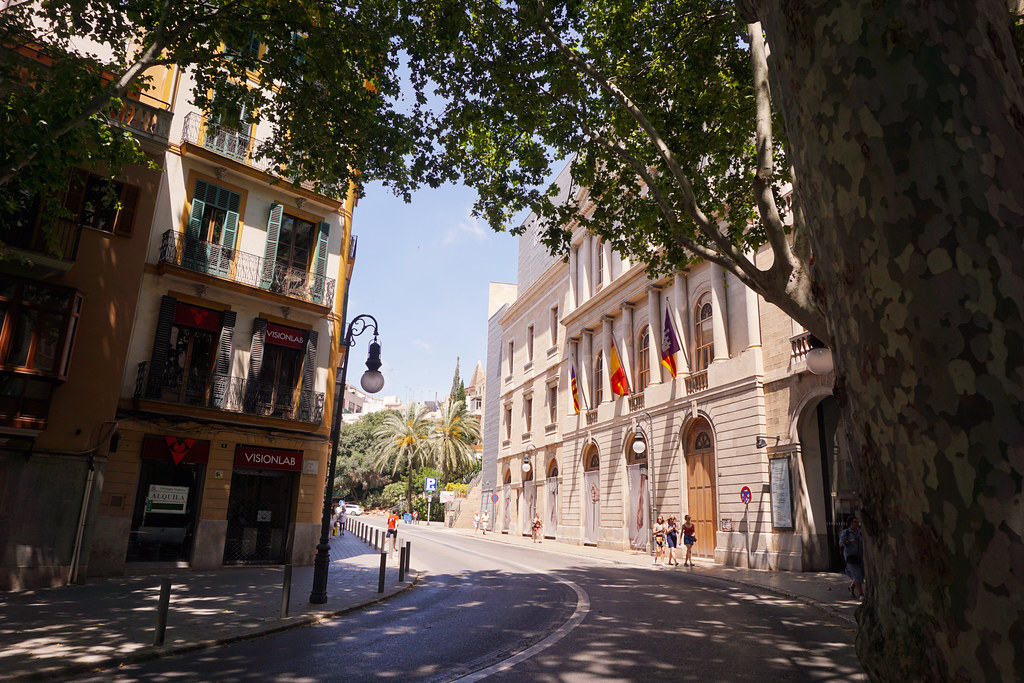






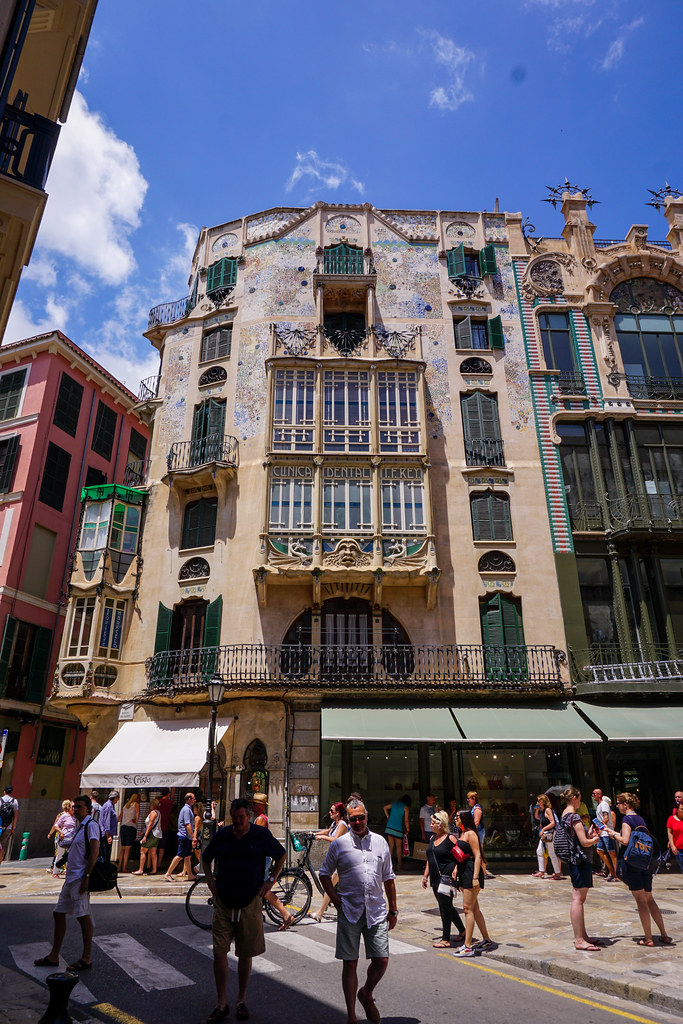
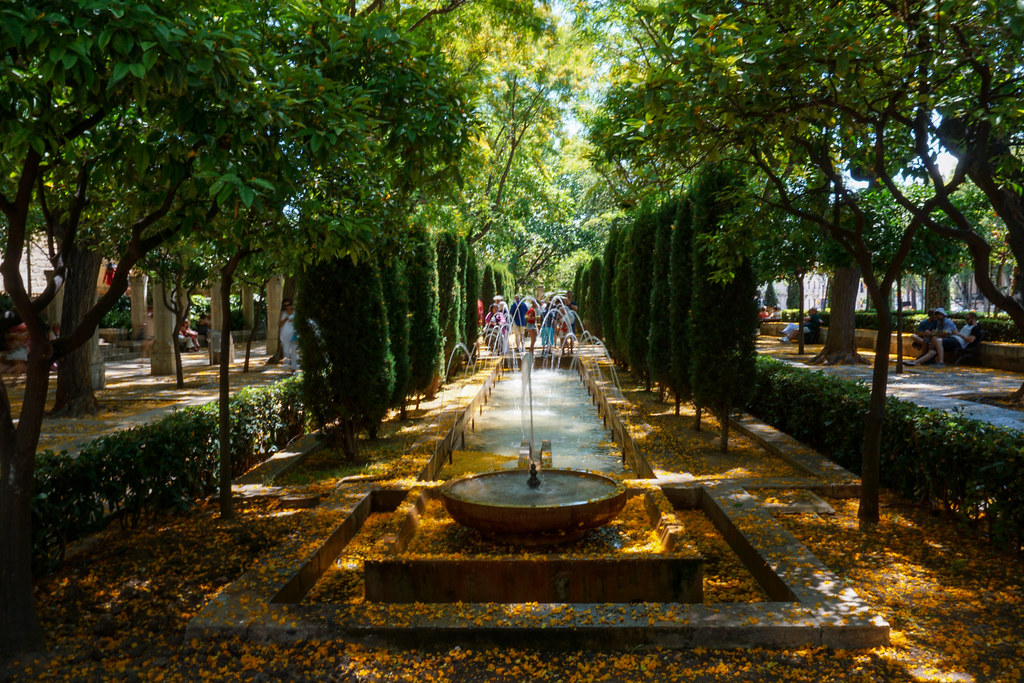










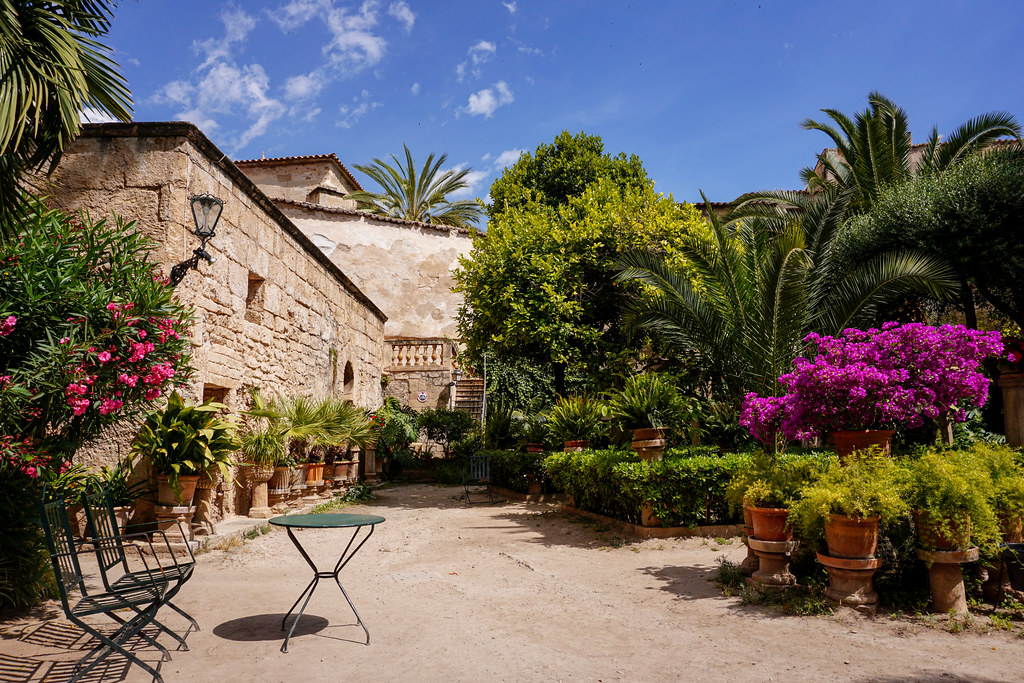
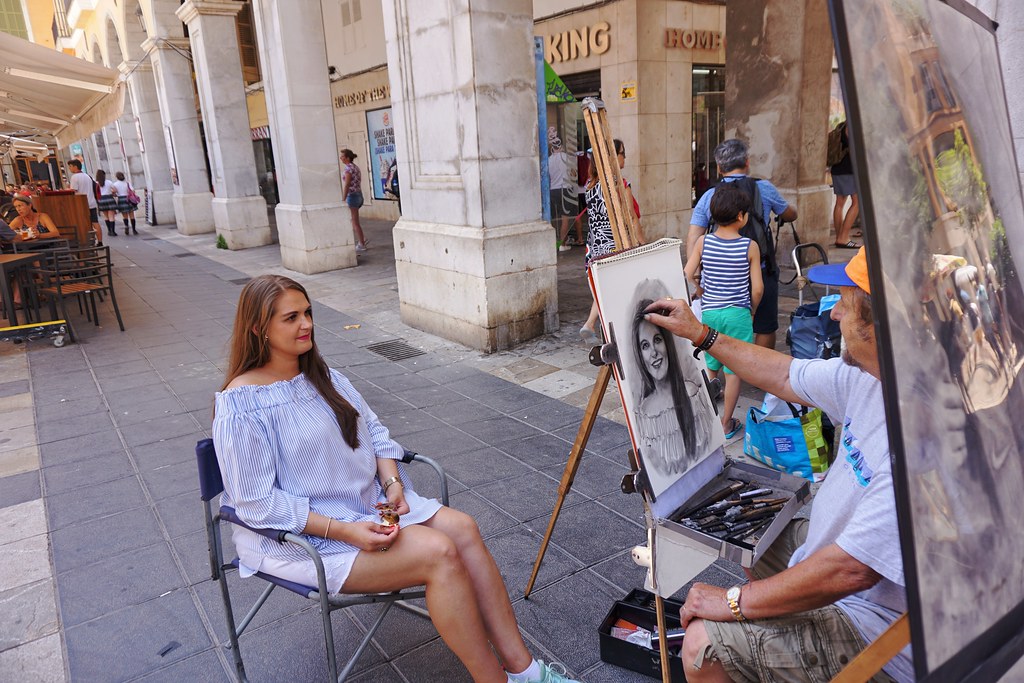


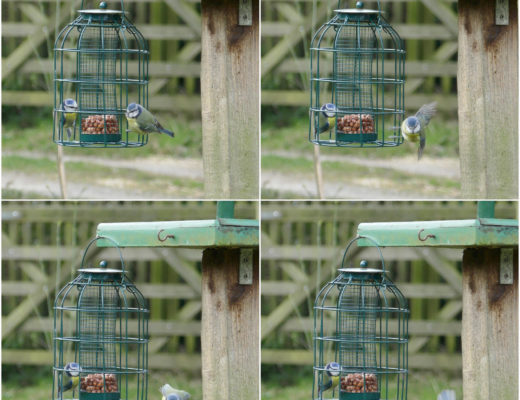
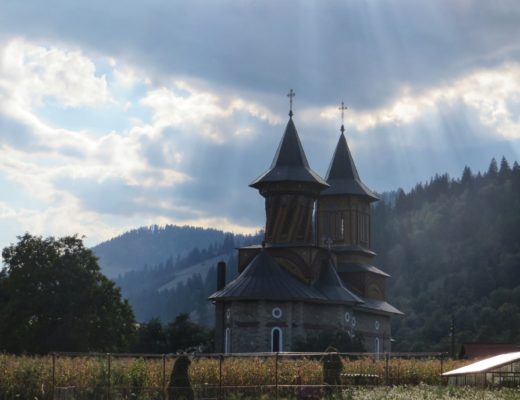
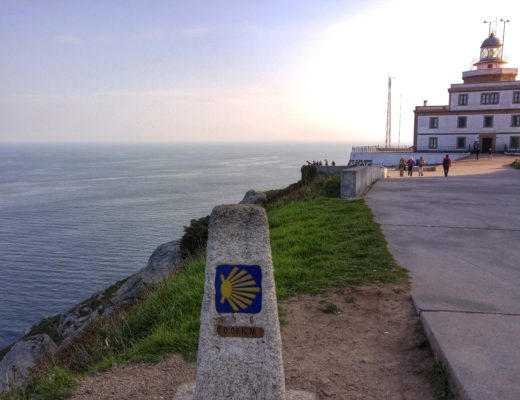
No Comments